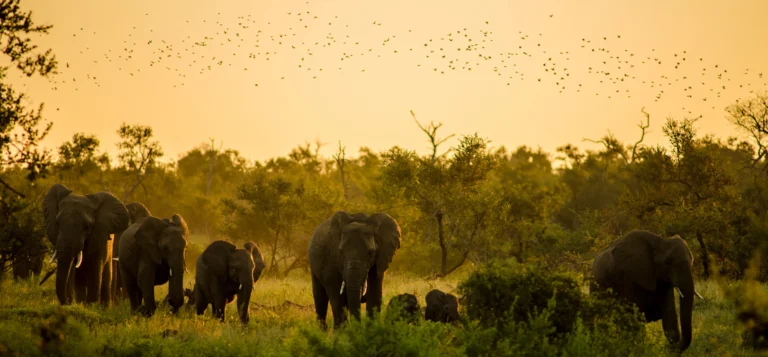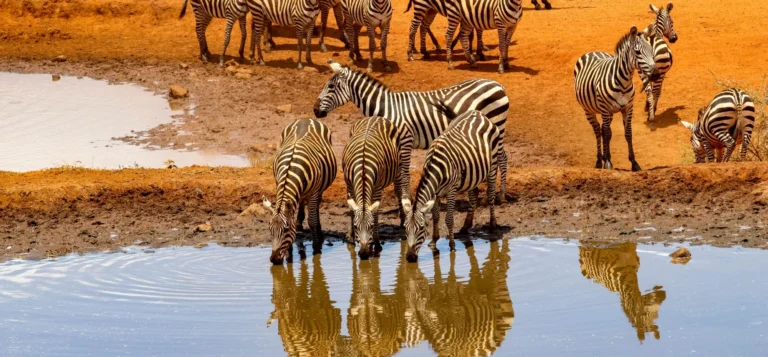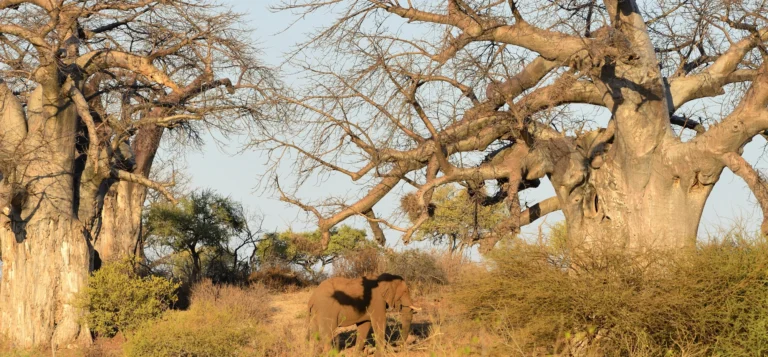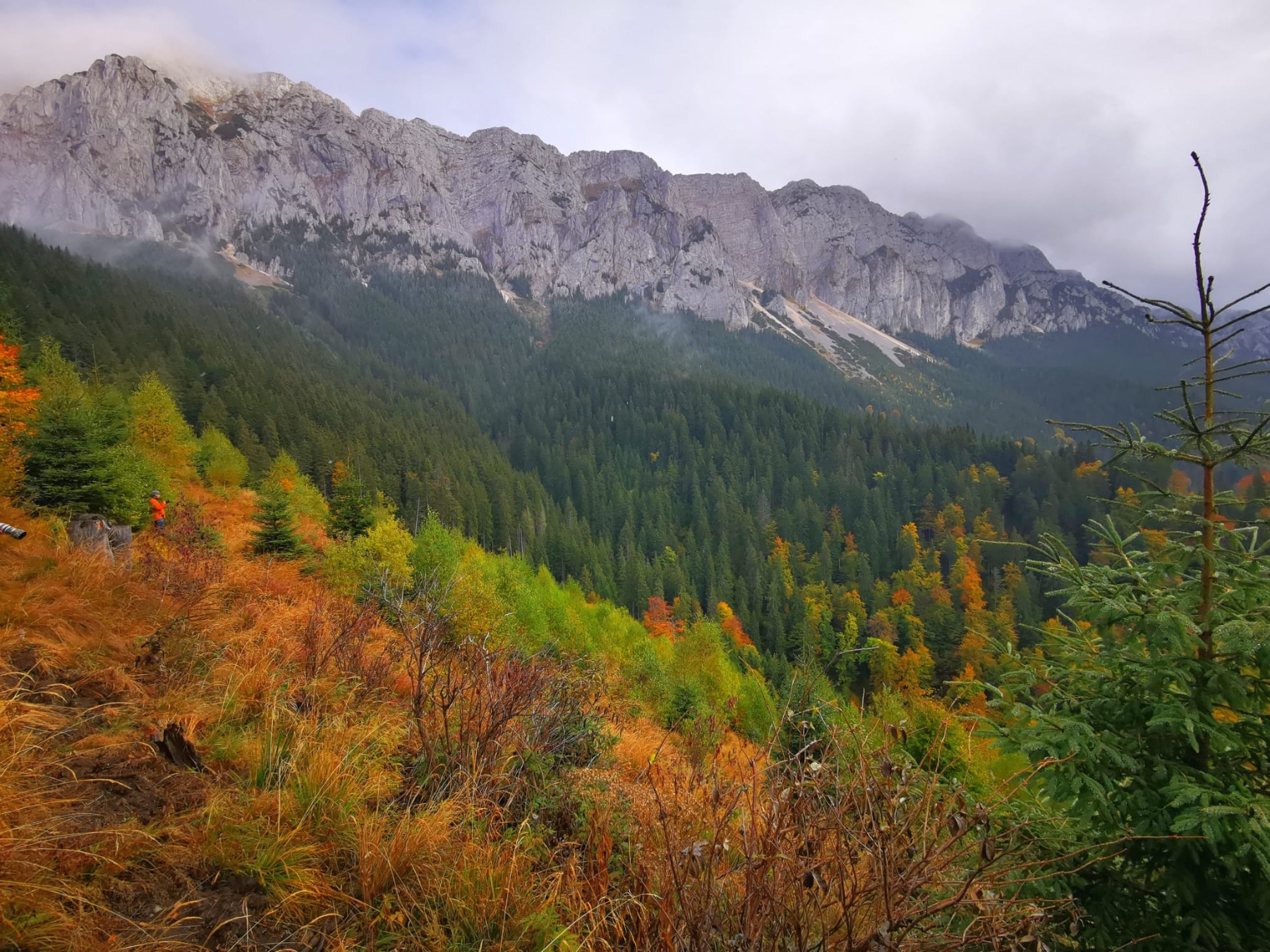South Africa is a nation of untamed wilderness, dramatic coastline and welcoming people. To travel here is to experience the very best that adventure tourism has to offer. However, as with much of our planet, some of the nation’s greatest natural treasures are under threat of disappearing from the globe forever.
However, there are many who dedicate their lives to preventing this from taking place. A testament to the resilience of South Africa’s people, the country is a pioneer in the very best practices for promoting environmental sustainability and wildlife conservation. It is thanks to a number of brilliant organisations that animal conservation in South Africa now sits high on the list of priorities for many of the nation’s significant bodies.
A Brief History of Animal Conservation in South Africa
The natural balance between the inhabitants and wildlife of South Africa has ebbed and flowed from the time of the very first people in the region. While there are no official records from the period, local narratives and traditions suggest that there was a relatively harmonious relationship between the region’s untamed nature and human civilisation prior to the colonial period of the 17th century. The existence of superstitions, like bad luck brought about by killing hyenas or hamerkop or that ownership of the likes of ivory and leopard pelts should be restricted to rulers, helped retain a relative balance.
However, following the arrival of the first travellers from Europe in the 1600s, the situation changed drastically. From the regulation of hunting in the Cape in 1656 to the popularisation of big game hunting by the British in 1795 to a stark rise in large-scale deforestation.
With this devastation came the societal riposte of an increase in conservation awareness by groups of locals, which would later develop into an active and influential conservation community in the mid-1800s. It was from this change in attitude that the region’s first game reserves, Knysna and Tsitsikamma, were founded.
The next significant step in the right direction for the history of animal conservation in South Africa came in 1926, with the opening of the legendary Kruger National Park – the country’s first and, still to this day, largest national park.
Unfortunately, with the conscious conservation efforts in this period came the upheaval of communities, as local people were forcibly removed from the areas that were destined to become the protected parks. And while there was a conscious effort to promote conservation in the region during this period, it came with an elitist undertone as only the upper tiers of society were allowed to access the areas. A pattern that was exacerbated by the nation’s apartheid era.
However, after South Africa became a democracy in 1994, there has been an increase in community roles designed to help safeguard the environment in protected areas. This progressive attitude continues to this day, with numerous programmes consciously re-integrating indigenous peoples with the land in a way that benefits both them and the wildlife that now calls the area home.
What Efforts Are Being Made to Protect the Environment in South Africa?
It is no secret that the endemic species of the African continent are facing a struggle for survival. Undeniable evidence of the country’s diminishing wildlife numbers, such as the black rhino facing near extinction or the number of wild lions in South Africa now totalling just over 2,000, acts as a vivid indication of what is at stake. Because of these damning circumstances, it has never been more critical to make a conscious effort to protect these animals from the threats they face on a daily basis.
Since the initial opening of Kruger National Park, South Africa has made great leaps in its efforts to preserve local ecosystems. The country is now home to a total of 12 national parks and many provincial parks, each designed to protect the variety of local species that call their wetlands, forests and grasslands home.
There are a number of different initiatives underway in South Africa specifically designed to help protect both the nation’s variety of delicate ecosystems and the peoples that reside there. From educating and supporting local communities to advanced research to help better understand how we can help preserve the country’s valuable network of ecosystems, South Africa’s conservation-conscious organisations continue to make great strides.
Transfrontier parks are a great example of a strategy that helps protect southern Africa’s wild residents. The likes of Kgalagadi Transfrontier Park and Great Limpopo Transfrontier Park – sharing territory with Botswana and Mozambique/Zimbabwe respectively – help to protect biodiversity in the region and further enables the animals to be uninterrupted on their long, migratory journeys.
Environmental sustainability and animal conservation in South Africa are in a constant state of evolution, keeping in step with the latest advancements in scientific discoveries and delivery techniques for restoring the nation’s biodiverse landscapes.
How Journeys With Purpose is Helping Conservation Efforts in South Africa
At Journeys With Purpose, our entire ethos surrounds the notion of purposeful travel experiences. We don’t just want our travellers to have incredible experiences in South Africa and beyond, we want them to have a positive impact on the region that they visit. This means meaningful travel that gives back to the local community in a way that benefits residents as well as ecosystems.
We work with project partners such as Samara Karoo Reserve and South African National Parks, to contribute to a future that is both nature-positive and climate-resilient by 2030. This commitment is driven by our purpose-led approach to travel and made possible by our community of conscious travellers.
If you are interested in booking a trip to South Africa that is both unforgettable and truly meaningful to the local communities and environment, get in touch with our team on +44 20 8044 9538 or email connect@journeyswithpurpose.org and begin crafting your dream South African adventure today.
DIG A LITTLE DEEPER
Contribute to Positive Impact on a Hosted Journey.
Connect with Impact Partners around the world during a Private Experience.
View our 2024 Hosted Journey to The Great Karoo.





